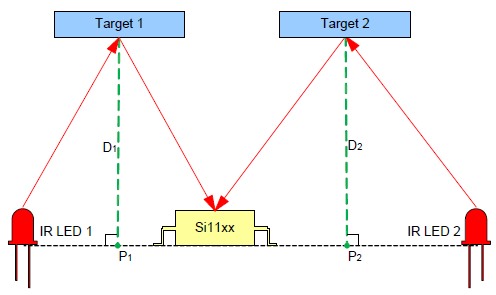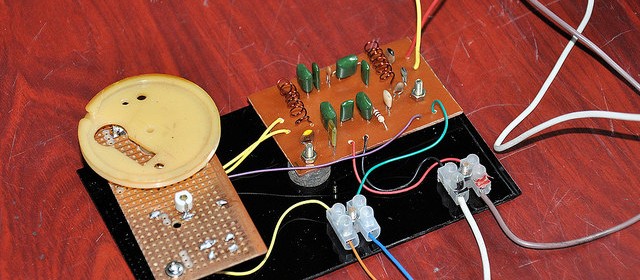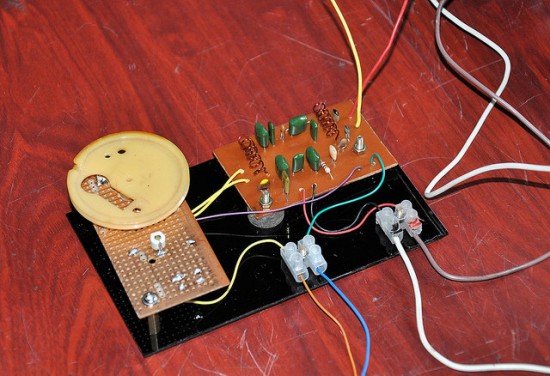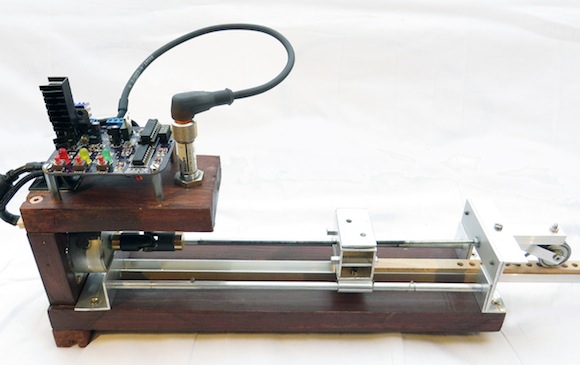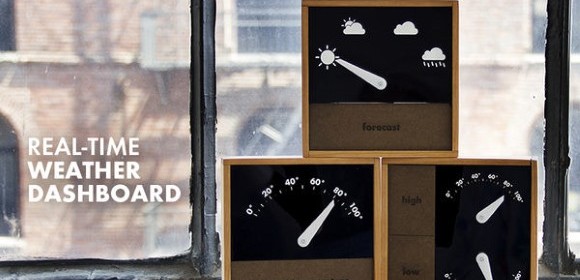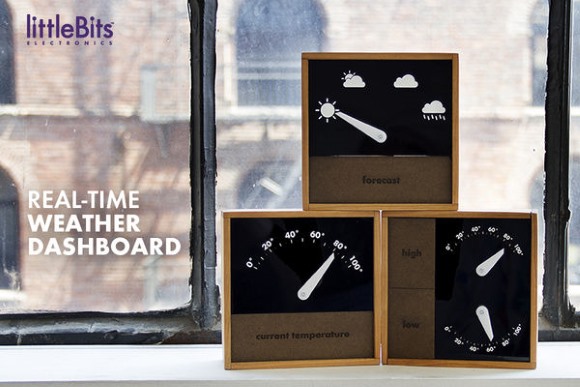Active IR gesture sensing
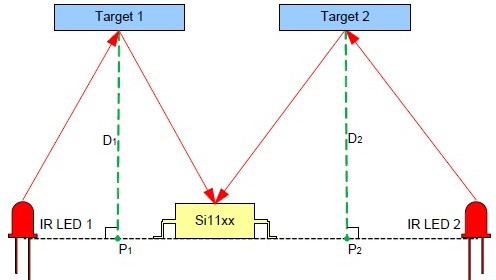
From Silicon Labs’ application note on IR Gesture Sensing:
Touchless user interfaces are an emerging trend in embedded electronics as product designers seek out innovative control methods and more intuitive ways for users to interact with electronics. Active infrared proximity motion sensing can solve this challenge. Silicon Labs Si114x proximity and ambient light sensor products are ideally suited to touchless gesturing applications such as page turning on an e-reader, scrolling on a tablet PC, or GUI navigation. The Si114x features up to three LED drivers and has the ability to sense gestures within a 7 to 15 cm product interaction region, assuming a hand as the detectable object. This document will discuss in detail how Silicon Labs implements motion sensing using infrared technology. There are two primary methods used for gesture sensing – position-based and phase-based. Position-based gesture sensing involves finding gestures based on the calculated location of an object while phase-based gesture sensing is based on the timing of the changes in signal to determine the direction of an object’s motion.
This application note focuses on detecting gestures made by a user’s hand. It is important to recognize that the concepts introduced in this application note can be applied to targets other than the hand, as long as the hardware is designed appropriately. The end application and individual system constraints will each dictate the range requirements for IR gesture sensing. Since object reflectance is the main measurable component for touchless gesturing, a hand is presumed to be the detectable object for the examples in this document. Whereas a hand can achieve gesture sensing up to 15 cm away from the Si114x sensor, a finger, with dramatically lower reflectance, can achieve gesture sensing at a range of < 1 cm for thumb-scroll type applications.
